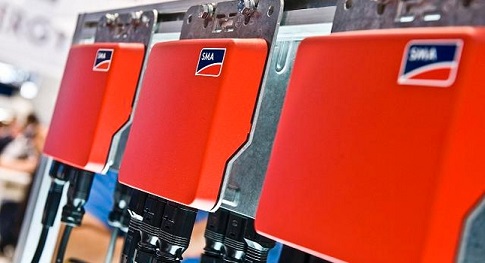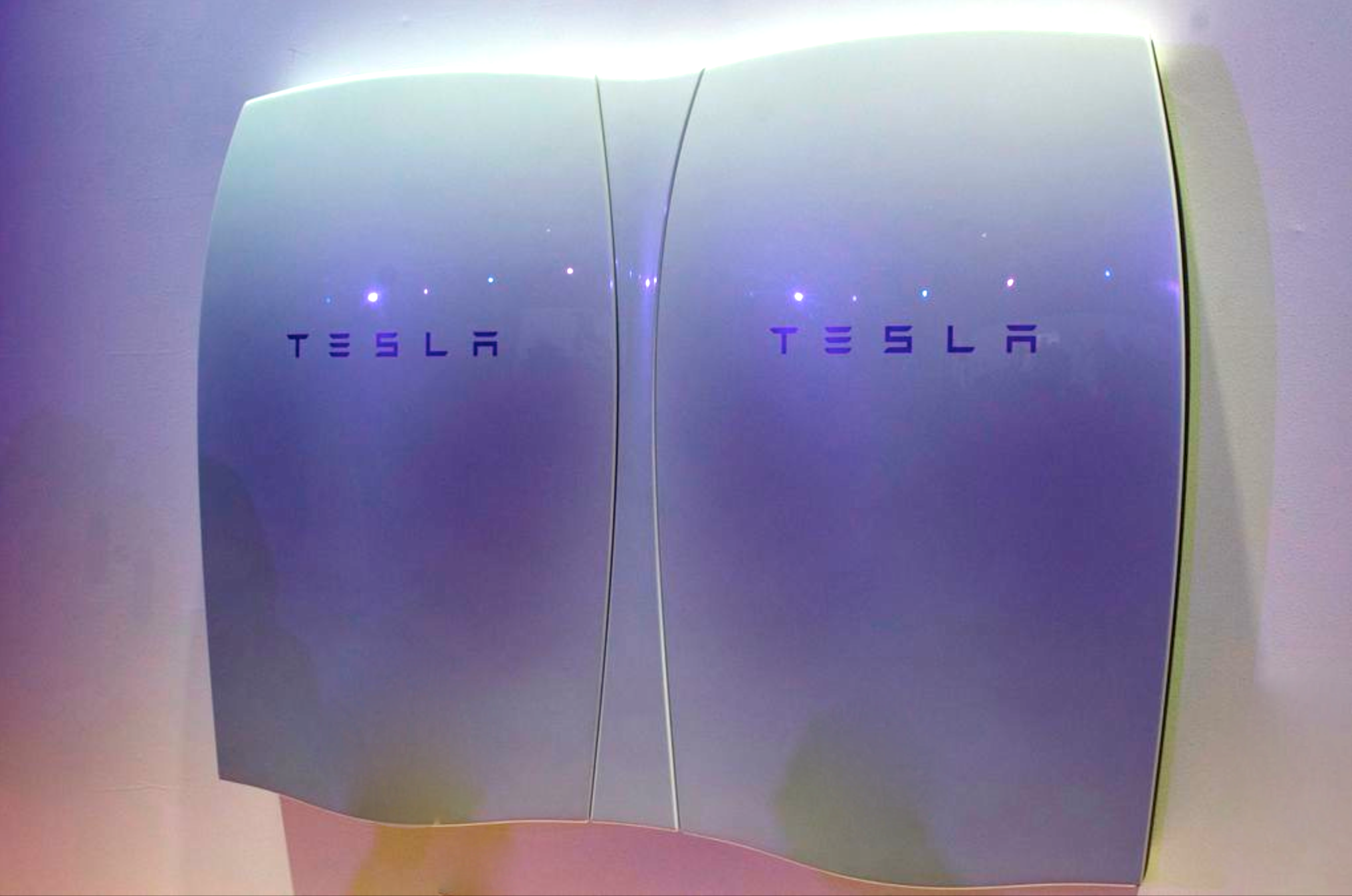 Loading... Please wait...
Loading... Please wait...Products
- DC Appliances
- Solar Refrigerators and Freezers
- Solar Panel Kits
- Solar Panels
- Solar Generators
- Inverters
- Inverter Monitoring
- Inverter Accessories
- Balance of Systems
- Racking and Mounting
- Rails
- Flashings
- Splice Kits
- Stopper Sleeves
- Conduit Mounts
- Attachments
- Brace Assembly
- Base Mount
- Brackets
- Bolts
- Clamps
- Caps
- L-Feet
- Washers
- Skirt
- Lugs
- Tilt Legs
- Hooks
- Stand-Offs
- Ballast Bay
- Top of Pole Mount
- Side of Pole Mount
- Flush Mount Kits
- Ground Mount Kits
- Roof Mount Kits
- Hardware Packages
- Wire Management
- Batteries
- Battery Accessories
- Charge Controllers
- Tools and Supplies
- View All Products
Solaris Blog - solar 2015
Expected Trends for Solar in 2015 and Beyond
Posted by Brandi Casey on 21st May 2015
The recent boom in the solar market is expected to continue through the 2015 year. In fact, the global demand for new solar installations is projected to increase by 25%. During the 2013-2014 year, solar installations spiked by over 34% in the USA. Solar manufacturers are working tirelessly to ensure that they can keep up with the growing demand. Subsequently, they are improving their individual technologies to become more energy efficient. While this is exciting news it begs the question, what does this mean for your solar installation? Simply put, all aspects of solar installation will become bigger, higher-quality, and with more efficiency, starting with the solar panels.

1. Solar panel manufacturers will seek to create higher wattage and more efficient PV modules.
Industry leaders such as SolarWorld, Canadian Solar and Suniva (among many others) have already begun to manufacture panels with higher wattage, leaving many photovoltaic modules under 280w in the dust. This means more people will be able to accomplish their energy goals with fewer panels, and higher efficiency. These innovative technologies will continue to utilize the new aspects of solar panels that makes them so appealing such as; the light weight designs, newer development technologies, and easy installations. While the higher watt panels will be taller, these companies are striving to ensure that they are still compatible with even small roof spaces. More power from bigger panels means that it will require less manufacturing of the solar panels to meet the growing demand, and homes that previously thought they would not have enough roof space to support a system will now be able to purchase fewer panels to fit their space, (this means more quality from all of the best manufacturers). Meanwhile the cost of these modules will continue be marked at reasonable prices, some prices remaining under a dollar per watt. Furthermore, monocrystalline panel installation is also expected to increase, while polycrystalline panels will not be phased out any time soon; it is likely that more companies will focus on making monocyrstalline PV modules to meet the growing demand.

2. Solar inverter developers will have to meet the demand of more advanced photovoltaic technologies.
Bigger systems inevitably also mean that the demand for more powerful and versatile inverters will increase. Three phase solar inverters are expected to account for one third of inverter sales throughout the year. Companies such as ABB, SMA, and SolarEdge will continue to update and produce one phase inverters for grid-tie applications, however more focus will be paid to the three phase models. These solar inverters will also be more energy efficient, and will be able to compliment the larger solar panels with ease.

3. Solar energy storage will begin utilizing Tesla's Powerwall technologies for more advanced PV storage.
Grid-tie solar system owners and installers will also be looking to install battery back up systems for energy storage. This comes as no surprise after Tesla's announcement of their Powerwall battery - which promises to be an industry changer for solar energy storage. Offering solutions for large, hard to maintain and expensive battery systems is sure to drive more demand for these efficient batteries. These solar batteries among others will enable home owners and businesses with complete energy independence from expensive electric companies for both grid-tie and off-grid solar panel systems.
In closing, 2015 promises to be a year for bigger, and more efficient solar system installations. The less is more/bigger is better approach from solar manufacturers shows that the industry will not be seeing a decrease in installations anytime soon, and hopefully, future solar energy systems will see better warranties and services which match the current solar climate as a growing trend in American market.



